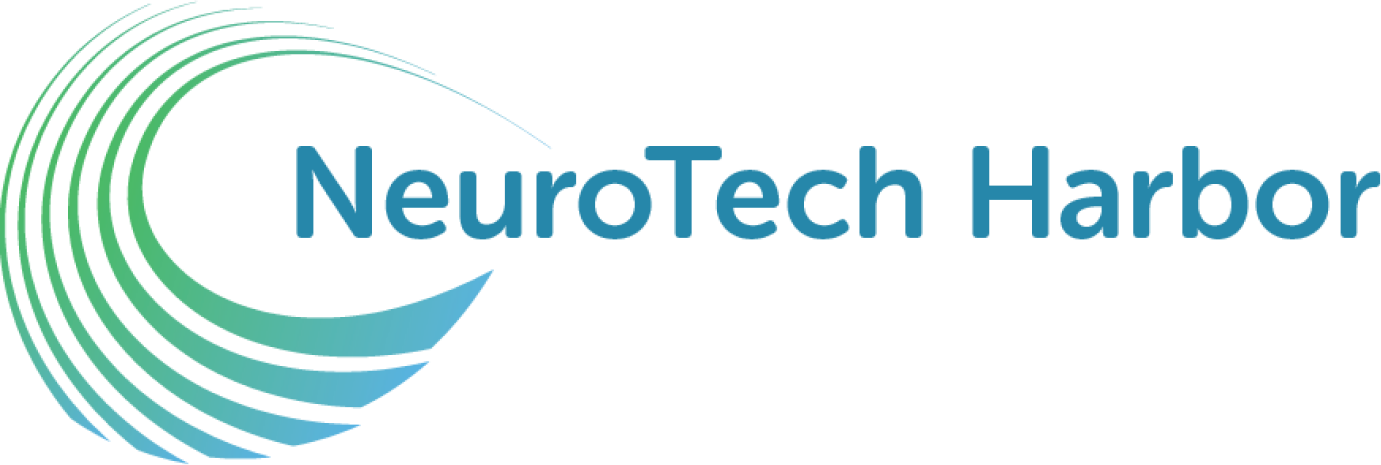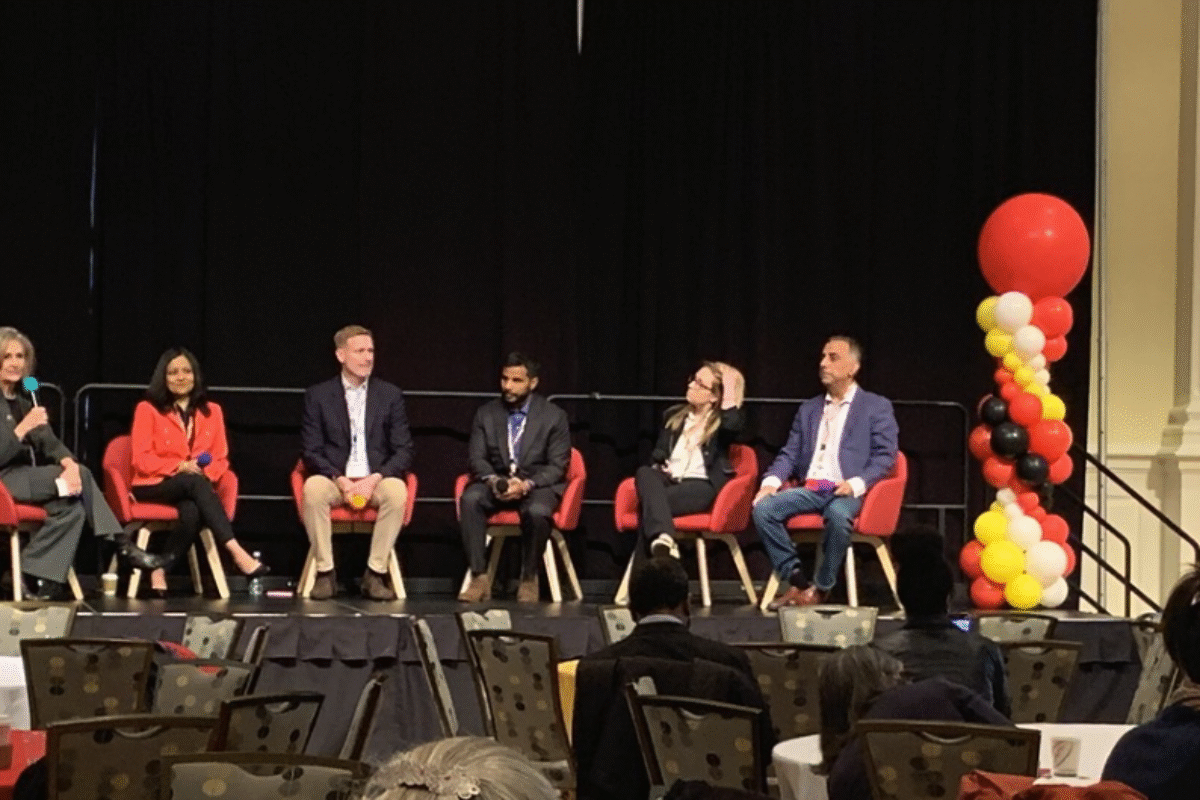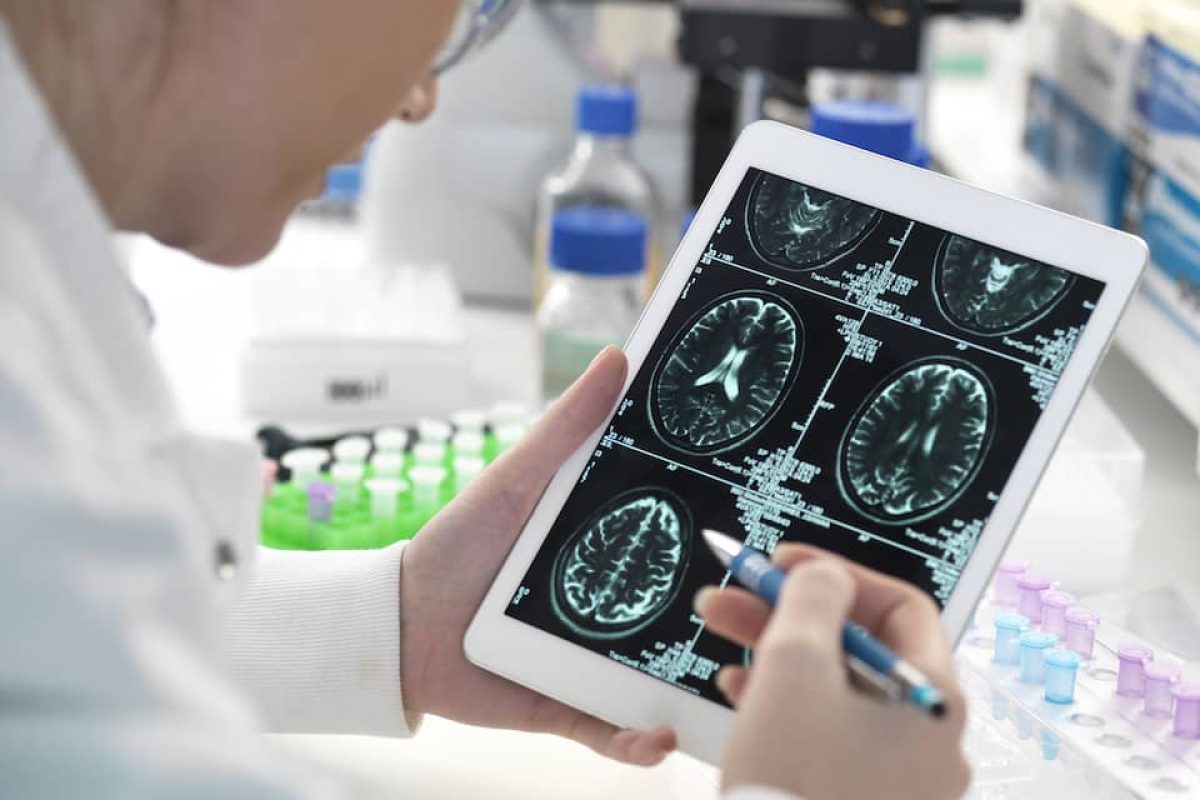Vonova’s Successful Seed Financing for Revolutionary Brain Access Technology
NIH-supported neurotechnology startup secures investment from XEIA, Device of Tomorrow Capital, and SmartGate VC
BETHESDA, MD – April 28, 2025 – Vonova Inc. has secured seed financing from a consortium of investors including XEIA, Device of Tomorrow Capital, and SmartGate VC. This investment milestone represents significant market validation for Vonova’s Cerebro Clear system, which includes a revolutionary endovascular platform that provides access to the brain without drilling through the skull.
“We’re excited about Vonova’s Cerebro Clear system and what this will mean for patients suffering from chronic subdural hematomas,” shared Samantha Tabone, General Partner at XEIA. “We’re also extremely enthusiastic about the platform potential and future impact that Vonova’s products will have on the neurotech ecosystem at large.”
Founded by Wesley Jones and Dr. José Morales, Vonova has developed a transformative approach by adapting minimally invasive vascular techniques originally pioneered for cardiac applications. Their Cerebro platform creates a natural pathway to the subdural space, enabling treatment of neurological conditions without traditional skull drilling procedures. The company recently completed preclinical testing for Cerebro Clear, their first clinical application targeting chronic subdural hematoma (cSDH) treatment.
Vonova strategically selected cSDH as their initial indication because it provides an ideal entry point for this novel procedure. This focus addresses a significant unmet clinical need while facilitating adoption among interventional specialists and adding value to all stakeholders in the healthcare system.
Vonova previously received funding through the National Institutes of Health (NIH) Blueprint MedTech program, an NIH incubator program co-administered by NeuroTech Harbor (NTH) and the Center for Innovative NeuroTech Advancement (CINTA).
“We’re thrilled to congratulate Vonova on this important financing milestone,” said Dr. Sridevi Sarma, Executive Director of NeuroTech Harbor. “Their ability to attract investment from strategic, industry-savvy investors validates both the clinical need for their technology and the strong foundation built during their participation in the Blueprint MedTech program. Vonova’s progress exemplifies our mission to de-risk promising neurotechnologies so that additional investment from industry partners and investors is viable.”
“The support from NIH’s Blueprint MedTech program has been instrumental in advancing our technology and preparing us for this investment round,” said Wesley Jones, Co-Founder and CEO of Vonova. “The program’s non-dilutive funding, expert consultation services, and strategic guidance helped us refine our go to market strategy. This seed financing will accelerate our path to bringing this transformative technology to patients.”
Chronic subdural hematoma affects over 100,000 patients annually in the U.S. alone, with particularly high risk for elderly patients. Traditional treatment requires invasive neurosurgery for the placement of a tube through the skull, followed by 48 hours in the intensive care unit (ICU) for drainage. Vonova’s approach offers a less invasive and cost savings alternative by accessing the subdural space through the venous system, allowing for hematoma evacuation in a radiology suite rather than an operating room, with faster recovery times and without the need for an ICU stay.
The investment will support Vonova’s continued development and clinical preparation for the Cerebro Clear system. Beyond cSDH treatment, the technology has potential applications in neural diagnostics for epilepsy, targeted drug delivery to the brain, brain-computer interfaces, and neuromodulation for chronic neurological disorders.
Blueprint MedTech Hubs Funding/Award Acknowledgements: Research reported in this press release was supported by the BRAIN Initiative and NIBIB of the National Institutes of Health under award numbers U54EB033650 and U54EB033664.
About Blueprint MedTech
Blueprint MedTech is an NIH incubator program that accelerates the development of cutting-edge medical devices to diagnose and/or treat disorders of the nervous system. The program aims to catalyze the translation of novel technologies from early-stage development to readiness for first-in-human clinical studies by providing non-dilutive funding and expert support services.
For more information about Blueprint MedTech, visit https://blueprintneurotech.org/
About Vonova Inc.
Vonova Inc. is a medical technology company redefining access to the brain through its innovative endovascular platform, Cerebro. By utilizing the body’s venous system, Vonova aims to revolutionize the treatment of chronic neurological disorders, including chronic subdural hematomas, with a focus on safer, faster, and more effective interventions.
For more information about Vonova and the Cerebro platform, visit www.vonova.io
Media Contacts:
Blueprint MedTech: info@blueprintneurotech.org
Vonova: wesley@vonova.io
Note: This press release contains forward-looking statements about product performance, regulatory approval timelines, and market adoption. Actual results may differ due to various risks and uncertainties, including clinical trial results and regulatory developments.






